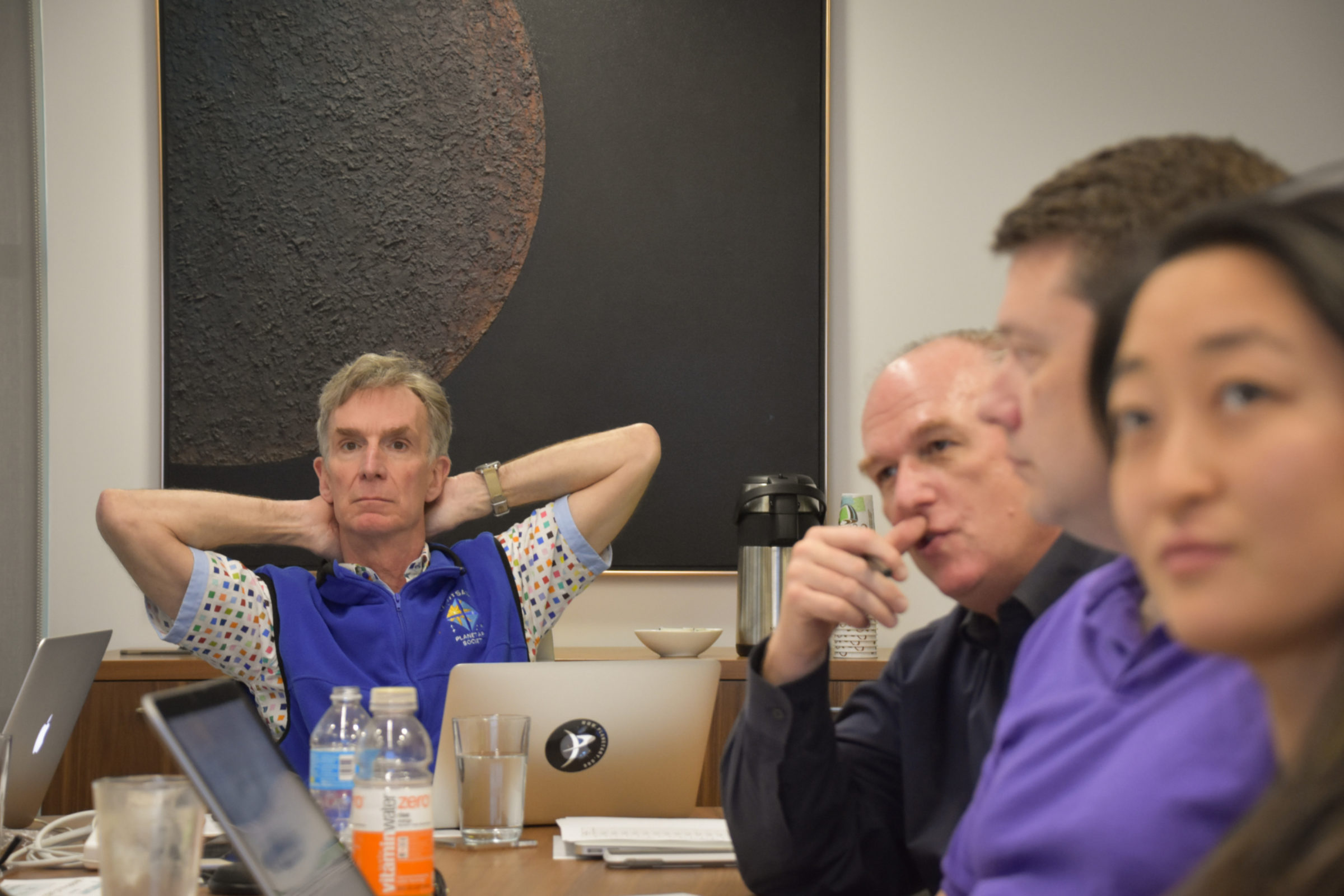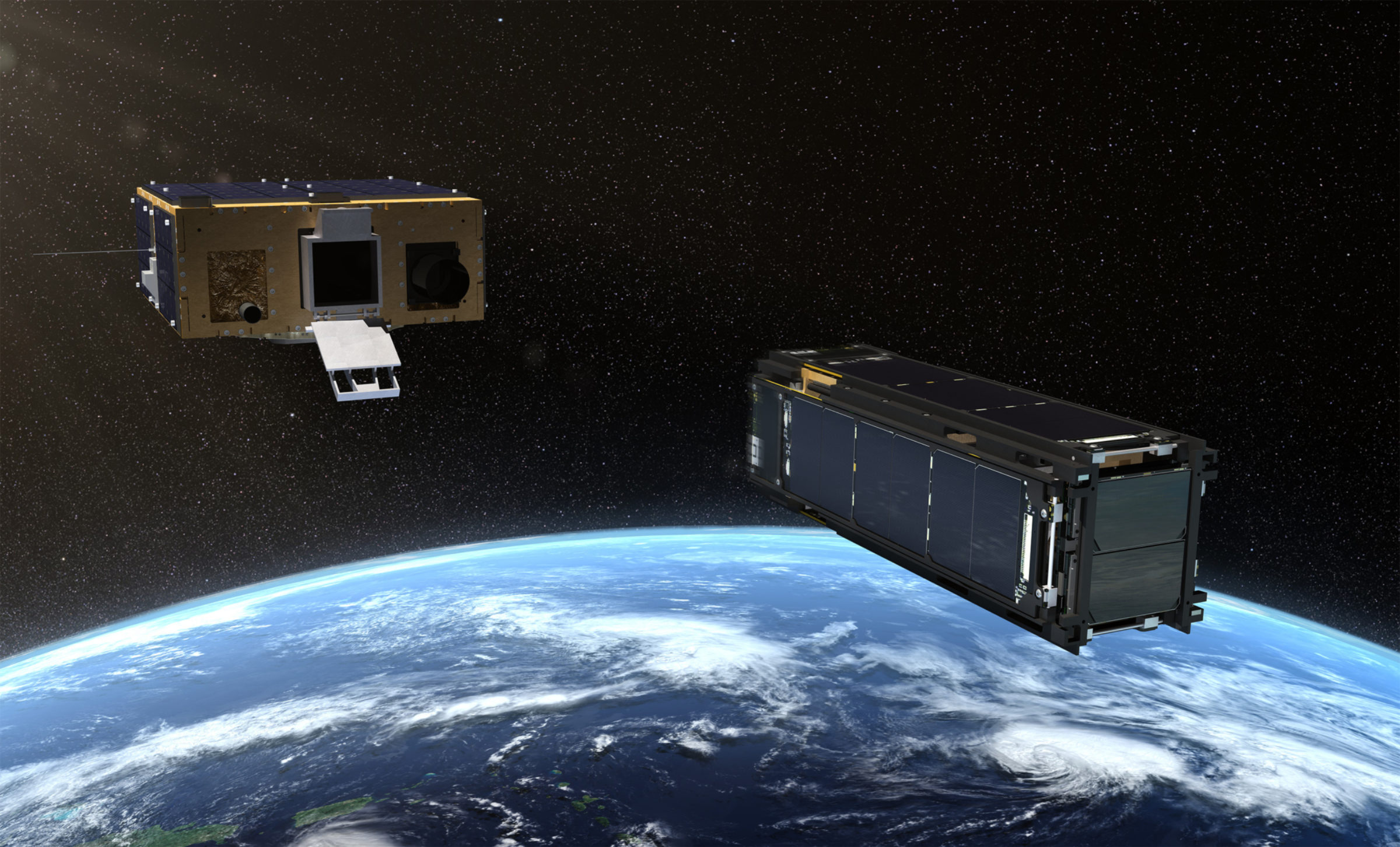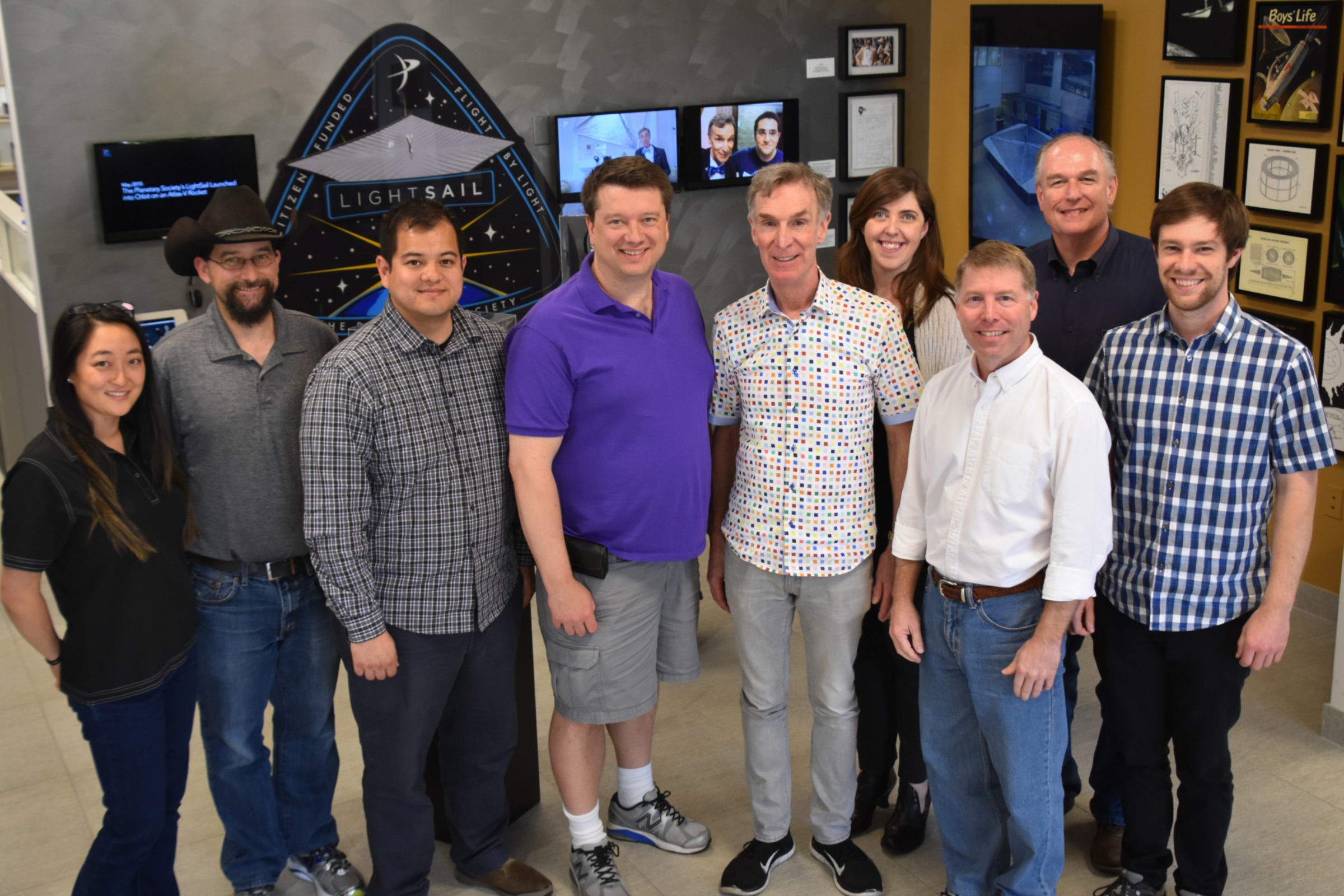Jason Davis • Mar 20, 2017
Signed, sealed but not delivered: LightSail 2 awaits ship date
Last week at The Planetary Society's headquarters in Pasadena, Bill Nye listened intently as engineers recapped all the changes they've made to the organization's LightSail 2 spacecraft.
Nye has been busy lately. A new documentary film on his life, "Bill Nye: Science Guy," recently debuted at South by Southwest. His new Netflix show, "Bill Nye Saves the World," comes out next month. And he's also been reaching out to the Trump administration with ideas for America's space program.
Despite all this, Nye spent a day in a conference room for LightSail 2's pre-ship review, a common space mission milestone where engineers and program managers decide whether a spacecraft is ready to be handed off for final integration and launch.
These meetings sometimes wander deep into the technical weeds, but Nye, ever the bridge between engineering-speak and everyday language, occasionally stopped the conversation to ask for further clarification.
At one point, the discussion touched on stiffener brackets that were added to allow LightSail to fit more smoothly inside its P-POD, a spring-loaded enclosure used to push CubeSats into space.
"The brackets ensure there's no interaction between the solar panels and the side of the P-POD," a presenter said.
"By interaction, you mean scraping?" Nye said.
There was some nervous laughter. The reply was yes.
"Ah, a technical term," Nye said. "Like the way a car accident involves two fenders interacting."
Everyone laughed again, and the mood of the room grew more relaxed.
"Sorry, carry on," said Nye, smiling. "You're going after all these little things. It's really good."

Getting it right
Nye's desire to follow the mission's key milestones is hardly surprising. He's been a part of the project since the beginning, around 2009, when the solar sailing CubeSat rose out of the ashes of The Planetary Society's Cosmos 1 mission. Before that, Nye's professor at Cornell University, Planetary Society co-founder Carl Sagan, was promoting solar sailing on The Tonight Show, making LightSail 2 the culmination of a decades-long endeavor.
So it's important to get this right.
Bruce Betts, the mission's program manager, wrote in an email to Kickstarter donors that the pre-ship review was a good opportunity to take a step back and look at the big picture.
"It is a chance to thoroughly review what has been done to the spacecraft both in terms of software and hardware updates, as well as to review testing that has been done," he said.
The review was also important because LightSail 2 is ready for P-POD integration, said Dave Spencer, the project manager for LightSail 2 and the principal investigator for its partner spacecraft, Prox-1.
"Once we put the spacecraft in the P-POD, we don’t have access to it for testing and updates," he said. "So we want to make sure we’re ready."

Upgrades and testing
In the wake of the drama-filled LightSail 1 mission, 206 action items were created in the team's issue tracking system for LightSail 2. All but four have been resolved.
Some notable changes discussed at the meeting include a suite of new software and hardware auto-repair watchdogs, the ability to auto-detect corrupt images the team needn't spend time precious ground station time downloading, and extensive testing of the attitude control system that will swing the spacecraft's solar sail into and away from the Sun's photon stream each orbit.
Telemetry is now automatically stored in the flight system, and can be quickly downloaded during ground passes to determine what LightSail has been up to on the other side of the world. A new government requirement to encrypt communications between the ground and spacecraft has also been met (though the spacecraft's automated telemetry beacons and its L-S-2 morse code broadcasts will remain unencrypted for radio enthusiasts).
One important discussion topic at the review was how to prepare LightSail 2 for long-term storage, in the event SpaceX's Falcon Heavy rocket is further delayed. The team is looking into the possibility of a "remove before flight" charging cable that would allow the spacecraft's batteries to be topped off a final time while integrated in the P-POD.

Squishy schedule
For now, LightSail's schedule remains a bit squishy.
The first flight of SpaceX's new Falcon Heavy rocket is tentatively scheduled for this summer, and the second flight—which will host LightSail 2 and Prox-1—is not expected to occur before September or later.
LightSail 2 will likely remain in storage at Cal Poly through at least May, before being integrated into its P-POD and shipped to the Air Force Research Laboratory in Albuquerque, New Mexico. There, it will be plugged into Prox-1, and the combined spacecraft will be subjected to final environmental testing.
The completion of the pre-ship review and the potential schedule lull puts the team in a comfortable position. At times, last week's meeting was peppered with reminiscing about the first mission, and reflection on all that has been accomplished.
"During LightSail 1, were we ever in nominal operations?" someone joked.
At another point, Spencer asked, "How many times have we tested the new burn wire?"
"A lot," replied Stephanie Wong, a spacecraft engineer from Ecliptic Enterprises Corporation. "Probably over a hundred."
Even though things are sailing smoothly at the moment, the team still plans to take advantage of the break, cramming in as much preparation as they can.
"We could ship now if we needed to, and feel good about it." Betts said. "But, because we have the time, there are some minor issues identified that we want to look into, and additional tests that we want to run."
Let’s Go Beyond The Horizon
Every success in space exploration is the result of the community of space enthusiasts, like you, who believe it is important. You can help usher in the next great era of space exploration with your gift today.
Donate Today

 Explore Worlds
Explore Worlds Find Life
Find Life Defend Earth
Defend Earth

